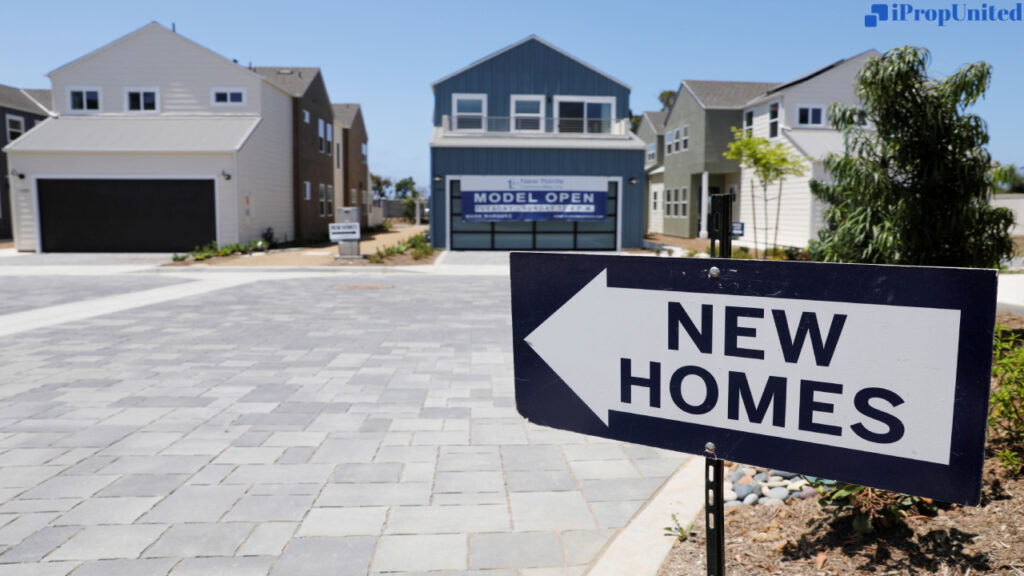According to the National Association of Realtors (NAR), the Pending Home Sales index soared by 8.3% to reach 77.3, rebounding from November’s downwardly revised record-low of 71.4. Economists, polled by Reuters, had anticipated a more modest 1.5% increase.

NEW YORK: In a report unveiled on Friday, pending U.S. home sales for December surged, marking the most substantial increase since June 2020. This uptick suggests that stabilizing mortgage rates might be luring prospective buyers into action, potentially igniting a much-anticipated recovery in the residential real estate sector this year.
According to the National Association of Realtors (NAR), the Pending Home Sales index soared by 8.3% to reach 77.3, rebounding from November’s downwardly revised record-low of 71.4. Economists, polled by Reuters, had anticipated a more modest 1.5% increase. Year-over-year data reveals a 1.3% rise in pending home sales.
Lawrence Yun, the NAR’s chief economist, commented, “The housing market is off to a good start this year, as consumers benefit from falling mortgage rates and stable home prices. Job additions and income growth will further help with housing affordability, but increased supply will be essential to satisfying all potential demand.”
Last year, the index plummeted to record lows as higher mortgage rates dissuaded homeowners from selling, thereby limiting inventory and buyer traffic.
Mortgage rates nearly hit 8% in October, reaching a two-decade high, but have since eased following the Federal Reserve’s decision to maintain its policy benchmark rate unchanged since July. As of the week ending January 25, mortgage rates edged up to 6.69% but remained stable in the mid-six percent range, according to Freddie Mac
Pending sales experienced the most significant gains in the West and South regions, increasing by 14% and 11.9%, respectively. However, the Northeast witnessed a decline, with pending home sales dropping by 3% on a monthly basis.
Looking ahead, the NAR anticipates existing home sales to rise by 13% from 2023, reaching 4.62 million units in 2024, driven by easing interest rates and reduced volatility in the bond market. Median home prices are expected to rise by 1.4% to $395,100 in 2024.
The NAR also forecasts that the Fed will cut its policy benchmark rate four times, with the average 30-year fixed-rate mortgage hovering between 6% and 7%.
Follow and Connect with us: Twitter, Facebook, Linkedin, Instagram








